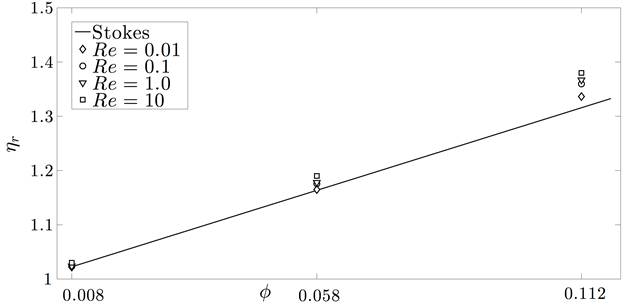Reports: DNI953099-DNI9: The Effects of Micro-Structure on the Rheology of Heavy Crude Oil
Iman Borazjani, PhD, State University of New York at Buffalo
Increasing energy costs have attracted oil companies to tap
into heavy crude oil reserves. Heavy crude oil is a colloidal suspension of
aggregates of many compounds (resins and asphaltenes We use our well-validated
Figure 1 Visualization of pressure field and
streamlines around the ellipsoid We found that inertia would generally increase the
Reynolds-scaled shear stresslet (dominant term of the
particle stress) of suspensions, which results in increasing total particle
stress and the relative viscosity of suspensions. For finite and moderate
inertial regimes of dilute and semi-dilute suspensions while keeping the volume
fraction constant, the relative viscosity of suspensions increase when the
aspect ratio of particles increases. Another influence of inertia is that other
components of particle stress, i.e. acceleration stress would be the order of
10% of the total particle stress for Reynolds number of O(10)
for the ellipsoids.
Figure 2 Relative viscosity
of suspension of mono disperse particles as a function of volume fraction for













